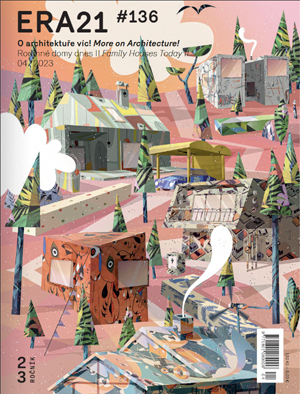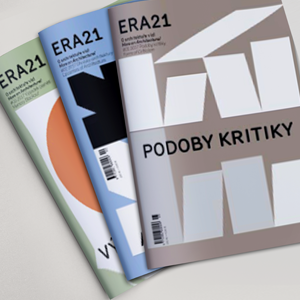Vývoj vlastních stavebních materiálů, důraz na minimum odpadu, promyšlené využití prostoru, ale i aktivizace uživatelů staveb. Současná progresivní architektura přesahuje obor stavitelství a zaměřuje se mimo jiné i na oblast sociální, kulturní a ekologickou. Architekty, kteří vybočují z klasického přístupu k architektuře, pozve do Prahy v průběhu roku spolek KRUH. Zaměří se na vlámské a valonské ateliéry.
» entire articleV čísle #05/2018 časopisu ERA21, věnovaném stému výročí založení československého státu, jsme otiskli rozhovor s „výročním starcem“ Karlem Kroupou. Pozornému čtenáři jistě neuniklo, že jeho postava je smyšlená a celý rozhovor je literárním dílem, do kterého jeho autor Rostislav Koryčánek mistrně zakomponoval zajímavé momenty uplynulých sta let, a to nejen z oblasti architektury, ale i důležité události národní historie. Životní cesta Karla Kroupy se přesto nápadně podobá osudu jiného, téměř stoletého architekta, z jehož archivu pocházejí fotografie, kterými jsme inkriminovaný rozhovor doprovodili. Kdo tedy byl Vladimír Matoušek?
» entire articleBlíží se uzávěrka 24. ročníku mezinárodní soutěže pro mladé architekty, pořádané každoročně společností Xella. Tématem letošního ročníku je návrh věžového domu Dream Tower jako dominanty rodícího se „uměleckého“ pěšího bulváru s kráčející sochou trifota a známou galerií CZECH PHOTO CENTRE v Nových Butovicích. Letos poprvé je možné zasílat také fotografie do doprovodné soutěže. Návrhy je nutné odevzdat do 25. února 2019.
» entire article

ERA21 vydává ERA Média, s. r. o. |
|
|
Phone: +420 530 500 801 E-mail: redakce@era21.cz |
|
| WEBdesign Kangaroo group, a.s. |